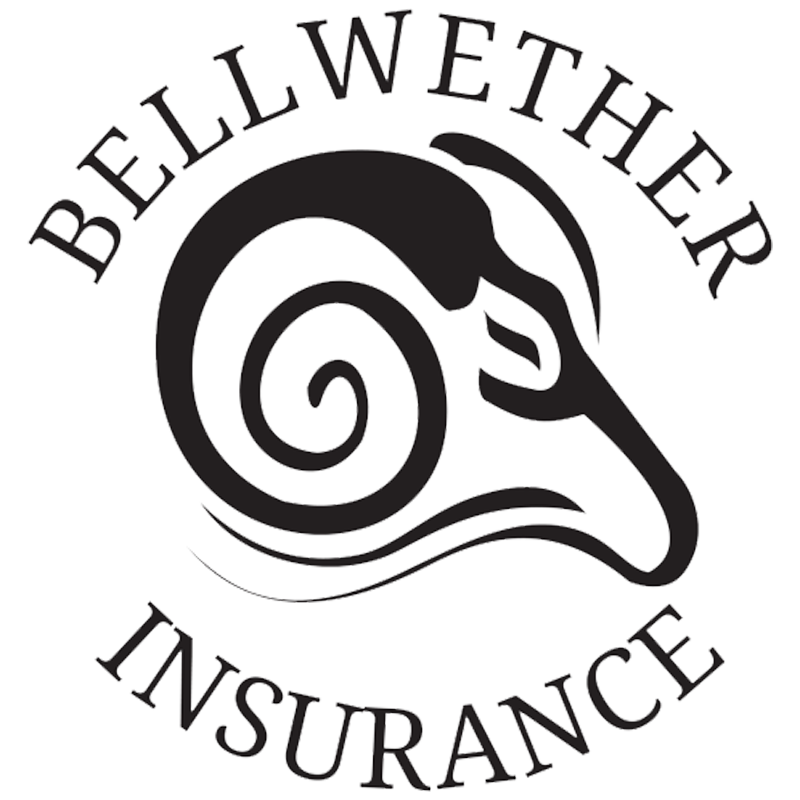Ohio Auto Insurance

Index
Contact Us
Phone
216-600-2828
Location
100 N. Center Street PO Box 627 LaGrange, OH 44050
If you own or drive a car in Ohio, you need to have auto insurance or other proof of financial responsibility. This is not only a smart way to protect yourself and your vehicle, but also a legal requirement in Ohio.
The minimum auto insurance coverage you need is $25,000 for bodily injury liability per person, $50,000 for bodily injury liability per accident, and $25,000 for property damage liability per accident. These are the amounts that your insurance company will pay if you cause an accident that injures someone or damages their property.
However, these minimum limits may not be enough to cover all the costs of a serious accident. It's a good idea to consider higher limits or additional coverage, such as medical payments, uninsured/underinsured motorist, collision, and comprehensive. These coverages can help you pay for your own medical bills, repairs, or replacement of your car, as well as protect you from drivers who don't have enough or any insurance.
Don't drive without auto insurance in Ohio - it's not worth the risk!
We Are a Top-Rated Ohio Car Insurance Agency
At Bellwether Insurance, we take pride in providing our customers with the best car insurance coverage in Ohio. We are a trusted agency that has been serving the Buckeye State for years.
Whether you need liability, collision, comprehensive, or any other type of car insurance, we have a plan that suits your needs and budget. We also offer discounts for safe drivers, good students, and multiple policies.
Don't settle for less than the best when it comes to your car insurance. Contact us today and get a free quote from one of our friendly agents. You'll be glad you did!
Ohio is an At-Fault State
Ohio is an at-fault state, which means that the driver who causes a car accident is responsible for paying for any injuries or damages that result from the crash. This also means that if you are injured in a car accident that was not your fault, you have the right to seek compensation from the at-fault driver's insurance company. However, you may also need to prove that the other driver was negligent and that their negligence caused your injuries.
Penalties for Not Having Car Insurance in Ohio
If you drive in Ohio without insurance, you may face license suspension, fees to reinstate your license, and SR-22 certificate requirements.
The penalties get worse each time you are caught.
- The first time, you have to pay $100 and show that you have insurance to get your license back.
- The second time, you have to pay $300 and wait for one year to get your license back.
- The third time and after, you have to pay $600 and wait for two years to get your license back.
If you do not give up your license when asked, you will be charged $50. Those found driving without insurance are required to buy an SR-22 certificate as proof of proper insurance for three to five years based on the offense.
What Does Ohio Auto Insurance Cover?
Ohio auto insurance covers different types of losses and damages depending on the policy you choose. Here are some of the most common coverages that you should know about:
Liability Coverage
This is the minimum coverage required by Ohio law. It pays for the injuries and property damage you cause to others in an accident that is your fault. The minimum limits are $25,000 per person, $50,000 per accident for bodily injury, and $25,000 per accident for property damage.
Medical Payments Coverage
Medical payments coverage is an optional coverage that pays for your medical expenses and those of your passengers, regardless of who is at fault in an accident. It can also cover funeral costs and lost income. The amount of coverage varies by policy.
Uninsured/Underinsured Motorist Coverage
This is an optional coverage that protects you if you are injured or your vehicle is damaged by a driver who has no insurance or not enough insurance to cover your losses. It can also cover hit-and-run accidents.
Collision Coverage
Collision coverage is an optional coverage that pays for the repair or replacement of your vehicle if it is damaged in an accident with another vehicle or object, regardless of who is at fault. You usually have to pay a deductible before the coverage kicks in. The amount of coverage is based on the actual cash value of your vehicle.
Comprehensive Coverage
Comprehensive auto coverage is a type of car insurance that pays for damage to your vehicle caused by events other than a collision. For example, comprehensive auto coverage can cover theft, vandalism, fire, hail, or animal damage. Comprehensive auto coverage is optional, but it may be required by your lender or leaseholder if you finance or lease your car.
Gap Coverage
This is an optional coverage that pays the difference between what you owe on your vehicle loan or lease and what your vehicle is worth if it is totaled in an accident. It can help you avoid paying out of pocket for a vehicle that you no longer have.
Rental Reimbursement Coverage
Rental Reimbursement Coverage is a type of car insurance that pays for the cost of renting a vehicle while your own car is being repaired after an accident. It is usually optional and has a daily and total limit. You can add Rental Reimbursement Coverage to your policy if you want to avoid paying out of pocket for transportation expenses when your car is in the shop.
Roadside Assistance Coverage
Roadside Assistance Coverage is a type of insurance that helps you if your car breaks down or has a problem on the road. It can cover services like towing, battery jump-start, flat tire change, lockout service, fuel delivery and more. Roadside Assistance Coverage can save you time, money and stress when you need it most.
Depending on your needs and budget, you can customize your policy with different levels and combinations of coverages.
How Much Automotive Insurance Should I Buy in Ohio?
You may want to consider buying more than the minimum coverage, depending on your personal situation and budget. Some factors that may influence your decision are:
- The value of your vehicle and other assets
- The amount of savings and income you have
- The likelihood of being involved in a collision
- The medical expenses and legal fees that could result from an accident
Remember to review your policy periodically and update it if your circumstances change.
How Much is Automotive Insurance in Ohio?
In Ohio, the average yearly cost of car insurance is $1,266 for "full" coverage and $338 for minimum coverage. Compared to the national averages of $2,014 and $622 respectively, Ohio drivers pay less for both types of coverage.
However, the actual cost of insurance may vary depending on several factors, such as:
- The type and model of the vehicle: Some vehicles are more expensive to insure than others because they have higher repair costs, higher theft rates, or lower safety ratings.
- The driver's age and driving record: Younger drivers and drivers with accidents or violations on their record tend to pay more for insurance because they are considered higher-risk drivers.
- The driver's location and mileage: Drivers who live in urban areas or drive more miles per year may face higher insurance rates because they are more likely to encounter traffic, accidents, or theft.
- The driver's coverage and deductible: Drivers who choose higher levels of coverage or lower deductibles will pay more for insurance because they will have more protection in case of a claim.
Drivers who have good credit scores may qualify for discounts because they are seen as more responsible and less likely to file claims.
Ohio Auto Insurance Discounts
If you are looking for ways to save money on your car insurance in Ohio, you may be eligible for various discounts offered by different insurers. Some of the common types of Ohio auto insurance discounts are:
- Policy discounts: These are discounts based on your policy choices, such as bundling multiple policies with the same insurer, paying your premium in full, signing up for electronic billing or autopay, being a homeowner, or having multiple cars on your policy.
- Driver discounts: These are discounts based on your driver profile and education, such as being a good student, completing a defensive driving course, being a teacher or a firefighter, or being a loyal customer.
- Vehicle discounts: These are discounts based on your vehicle features and usage, such as having safety devices installed, driving a new or hybrid car, having low annual mileage, or having a good driving record.
The amount and availability of these discounts may vary by insurer and by state. You should compare quotes from different companies and ask about their discounts to find the best deal for your situation.
Compare Vehicle Insurance Premiums in Ohio
Let our skilled Ohio auto insurance agents help you find the best coverage for your needs and budget. Whether you have a clean driving record or have had a couple of bumps along the way, we can compare vehicle insurance premiums from multiple providers and save you money.
Don't wait, See how much you can save on your Ohio auto insurance.


